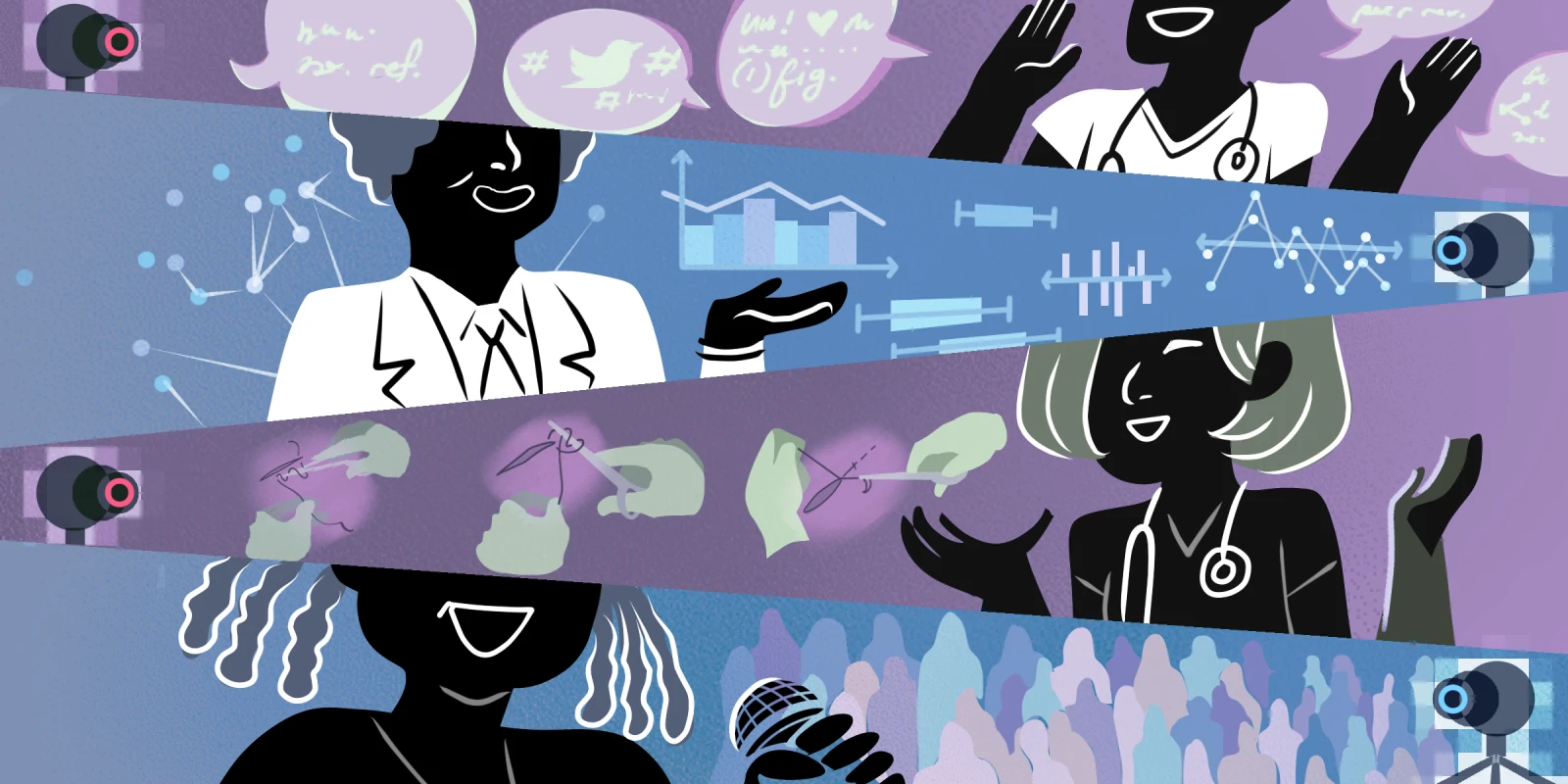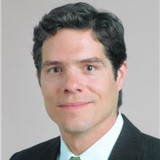What a refreshing change to be back in-person at meetings! What we used to take for granted is a welcome change from the all-virtual 2020 meeting format. The addition of hybrid meetings is a bonus, and the virtual component is definitely real, meaning it’s probably here to stay in one form or another.
As an organizer, presenter, and attendee of the meeting, I have many perspectives on this hybrid format. Not only is it so much better than the virtual only format of yesteryear, but it is better than a live meeting format alone.
Witnessing the chaos of crafting a meeting for 20,000 plus attendees from the side of the AAO’s Annual Meeting Program Committee was terrifying. The schedule, normally planned and locked in months in advance, was evolving in front of our eyes on a weekly basis. Some lectures turned virtual as presenters could not make it in person. Then, just weeks before the meeting, entire symposia and courses went virtual. This caused the final virtual schedule to contain some conflicts with the live schedule, such that courses and lectures in the same subspecialty occurred simultaneously. Despite these challenges, embracing the fluidity of the program schedule right up until game time is what allowed the program to retain all of the ample learning opportunities.
My wife, Dr. Catherine Hwang, MD was the Chair of AAO Oculoplastic Subspecialty Day, so I had a bird’s eye view of this day of programming as well. Presenters dropped off the schedule from live to virtual and vice-versa right up until (and including!) the meeting day. However, this was all expected and there was only one minor technical glitch to start. From there, the program flowed seamlessly for the rest of the day, toggling from live to virtual presenters.
As a presenter, I pre-recorded live surgical footage with a pre-recorded audio track just in case I was not able to make the meeting and in case my session went virtual. This worked out well, as narrating a surgical video live always has the pitfalls of missing important points, as the video keeps rolling regardless of the narration. In the old days, having a pre-recorded lecture in the middle of a live session felt sterile, lackluster, and old. But the technology has arrived to allow near smooth integration between live and virtual presenters. My colleague Jose Raul Montes, MD even provided a video on facial filler techniques that included his entire body cutout in the corner to give the appearance that he was actually there lecturing us. Other lecturers clearly noticed this, and I guarantee next year’s meeting will showcase several such professionally formatted virtual talks.
The major challenge with the hybrid meeting that still must be surmounted regards Q&A time. We solved this with virtual-only meetings, and it works great as questions can be posed to the entire virtual panel. But in a hybrid setting, we did not have a good way of allowing the virtual panelists to answer questions alongside the live panelists. They did text in replies to the live panel members, which was additive, but next year’s technology will surely overcome this barrier.
The area where the hybrid meeting worked best was as an attendee. We all have busy schedules during a meeting of this size, and it can be challenging to navigate massive conference centers like the Morial Conference Center in New Orleans, over one million square feet in area. Being able to watch some of the conference virtually even while attending live and texting questions made this meeting one of the more productive meetings I have attended. Additionally, the availability of on-demand videos in real-time right after the session ended was helpful to review any material that may have been missed.
The AAO was less attended live with approximately half of the current volume of attendees. In some respects, this also allowed for a more personal meeting, not having to fight a sea of members through the meeting halls, and having more one-on-one time with the exhibitors and speakers.
A virtual aspect to live meetings is part of today’s reality, and in the case of AAO’s Oculoplastic Subspecialty day, it was mostly for the better. The virtual component to live meetings enhances the meeting and it will only improve with better technology and integration into the meeting format.
Dr. Perry has no conflicts of interest to report.
Illustration by April Brust







